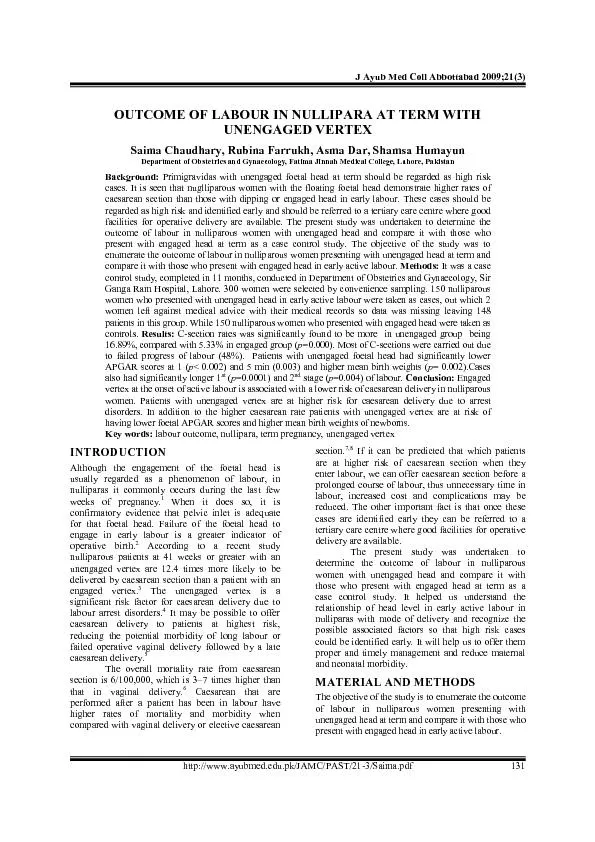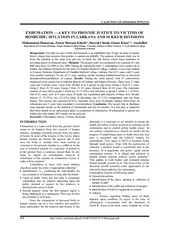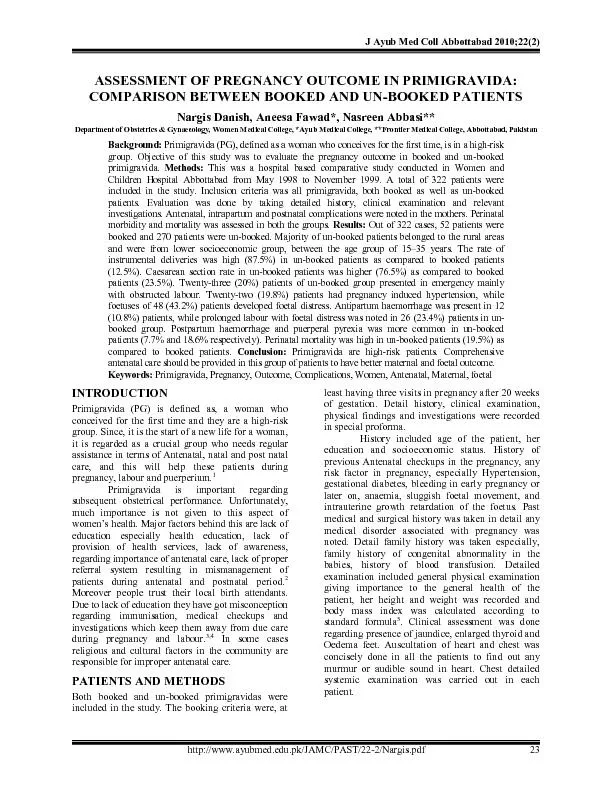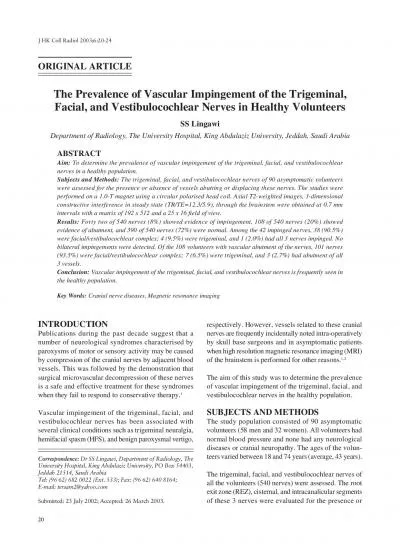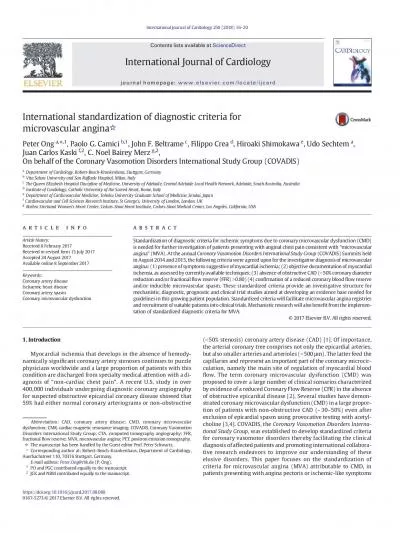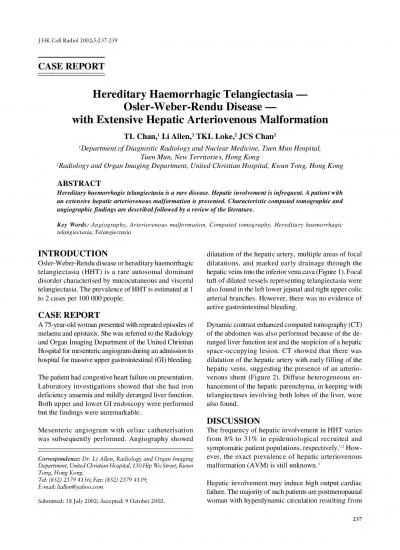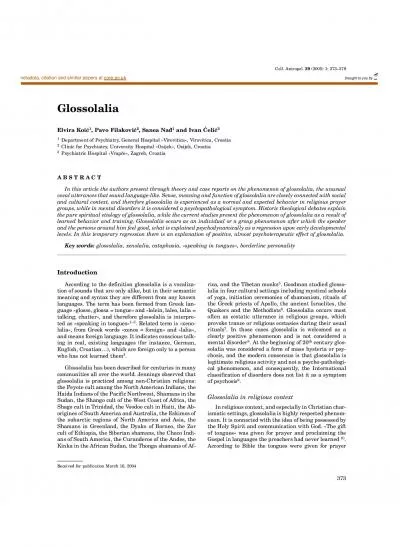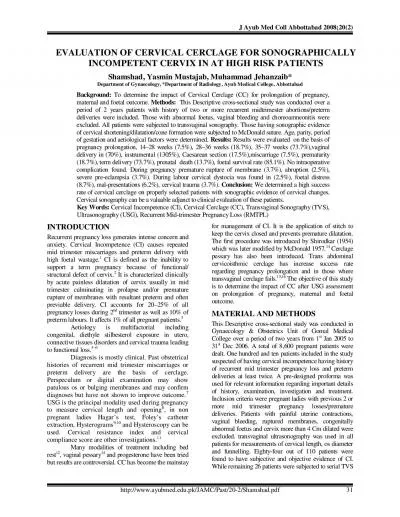PDF-J Ayub Med Coll Abbottabad 2009;21(
Author : tawny-fly | Published Date : 2016-08-18
3 httpwwwayubm ededupkJAMCPAST21 3Saimapdf 131 OUTCOME OF LABOUR IN NULLIPARA AT TERM WITH UNENGAGED VERTEX Saima Chaudhary Rubina Farrukh Asma Dar Shamsa Humayun Department
Presentation Embed Code
Download Presentation
Download Presentation The PPT/PDF document "J Ayub Med Coll Abbottabad 2009;21(" is the property of its rightful owner. Permission is granted to download and print the materials on this website for personal, non-commercial use only, and to display it on your personal computer provided you do not modify the materials and that you retain all copyright notices contained in the materials. By downloading content from our website, you accept the terms of this agreement.
J Ayub Med Coll Abbottabad 2009;21(: Transcript
Download Rules Of Document
"J Ayub Med Coll Abbottabad 2009;21("The content belongs to its owner. You may download and print it for personal use, without modification, and keep all copyright notices. By downloading, you agree to these terms.
Related Documents

